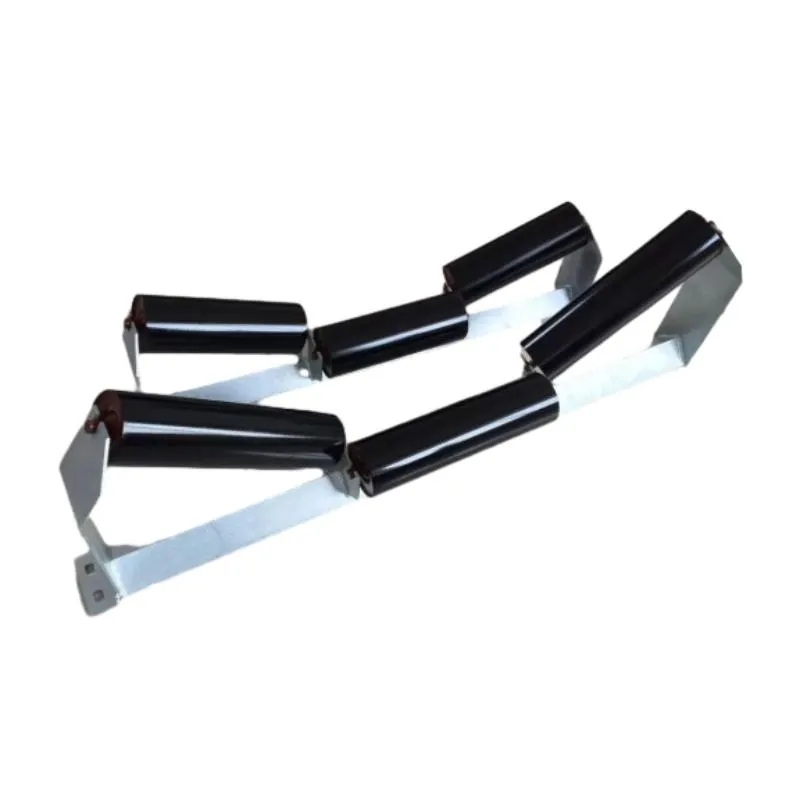 Afrikaans
Afrikaans  Albanian
Albanian  Amharic
Amharic  Arabic
Arabic  Armenian
Armenian  Azerbaijani
Azerbaijani  Basque
Basque  Belarusian
Belarusian  Bengali
Bengali  Bosnian
Bosnian  Bulgarian
Bulgarian  Catalan
Catalan  Cebuano
Cebuano  Corsican
Corsican  Croatian
Croatian  Czech
Czech  Danish
Danish  Dutch
Dutch  English
English  Esperanto
Esperanto  Estonian
Estonian  Finnish
Finnish  French
French  Frisian
Frisian  Galician
Galician  Georgian
Georgian  German
German  Greek
Greek  Gujarati
Gujarati  Haitian Creole
Haitian Creole  hausa
hausa  hawaiian
hawaiian  Hebrew
Hebrew  Hindi
Hindi  Miao
Miao  Hungarian
Hungarian  Icelandic
Icelandic  igbo
igbo  Indonesian
Indonesian  irish
irish  Italian
Italian  Japanese
Japanese  Javanese
Javanese  Kannada
Kannada  kazakh
kazakh  Khmer
Khmer  Rwandese
Rwandese  Korean
Korean  Kurdish
Kurdish  Kyrgyz
Kyrgyz  Lao
Lao  Latin
Latin  Latvian
Latvian  Lithuanian
Lithuanian  Luxembourgish
Luxembourgish  Macedonian
Macedonian  Malgashi
Malgashi  Malay
Malay  Malayalam
Malayalam  Maltese
Maltese  Maori
Maori  Marathi
Marathi  Mongolian
Mongolian  Myanmar
Myanmar  Nepali
Nepali  Norwegian
Norwegian  Norwegian
Norwegian  Occitan
Occitan  Pashto
Pashto  Persian
Persian  Polish
Polish  Portuguese
Portuguese  Punjabi
Punjabi  Romanian
Romanian  Russian
Russian  Samoan
Samoan  Scottish Gaelic
Scottish Gaelic  Serbian
Serbian  Sesotho
Sesotho  Shona
Shona  Sindhi
Sindhi  Sinhala
Sinhala  Slovak
Slovak  Slovenian
Slovenian  Somali
Somali  Spanish
Spanish  Sundanese
Sundanese  Swahili
Swahili  Swedish
Swedish  Tagalog
Tagalog  Tajik
Tajik  Tamil
Tamil  Tatar
Tatar  Telugu
Telugu  Thai
Thai  Turkish
Turkish  Turkmen
Turkmen  Ukrainian
Ukrainian  Urdu
Urdu  Uighur
Uighur  Uzbek
Uzbek  Vietnamese
Vietnamese  Welsh
Welsh  Bantu
Bantu  Yiddish
Yiddish  Yoruba
Yoruba  Zulu
Zulu Understanding the Importance of Conveyor Impact Bars in Material Handling Systems
Understanding Conveyor Impact Bars Key Components for Efficient Material Handling
Conveyor systems are integral to various industries, particularly in material handling, assembly, and logistics. One critical component that ensures the efficiency and longevity of conveyor systems is the impact bar. These bars play a pivotal role in mitigating the effects of heavy loads and reducing wear on the conveyor components. This article delves into the functionality and significance of conveyor impact bars, their design considerations, and the benefits they provide.
What Are Conveyor Impact Bars?
Conveyor impact bars are specially designed components mounted along the load zone of a conveyor belt. Their primary function is to absorb and dissipate the energy generated when materials drop onto the conveyor from a height. This impact can lead to significant wear and tear on the belt, rollers, and frame if not properly managed. Impact bars are usually made from durable materials, including rubber, polyurethane, and composite materials, which enable them to withstand harsh working conditions.
The Importance of Impact Bars
1. Protection of Conveyor Components The primary utility of impact bars is to offer protection to critical conveyor elements. By cushioning the load during transfer, these bars prevent damage to the belt and other mechanical parts. This reduces maintenance costs and extends the lifespan of the conveyor system as a whole.
2. Improved Safety By absorbing impact forces, conveyor impact bars help create a safer work environment. They mitigate the risk of accidents caused by material spillage or equipment failure, ensuring smoother operations.
3. Operational Efficiency With minimal wear on the conveyor system, operations can run more efficiently. The reduction in maintenance interruptions leads to minimal downtime, allowing for greater productivity.
4. Customizability Impact bars are available in various sizes, shapes, and materials, allowing for customization based on specific operational needs. This versatility makes them suitable for diverse applications, ranging from food processing to heavy industrial operations.
Design Considerations
When selecting impact bars, several factors must be taken into account to ensure they meet the operational demands of a specific application
- Material Selection The choice of material is crucial. Rubber and polyurethane are popular choices due to their resilience and ability to handle impacts. However, composite materials may offer additional benefits, such as enhanced durability and resistance to specific chemicals.
conveyor impact bars

- Impact Resistance Different applications can involve varying levels of impact force
. Selecting an impact bar with sufficient hardness and energy absorption capabilities is vital to match these forces.- Environmental Conditions Environmental factors such as temperature, humidity, and exposure to chemicals can affect the longevity of impact bars. Ensuring that the selected material is suitable for the operational environment is essential.
- Size and Shape The size and shape of impact bars should align with the design of the conveyor system. Carefully measuring the load zone and ensuring a proper fit will maximize the effectiveness of the bars.
Benefits of Using Conveyor Impact Bars
The incorporation of impact bars into conveyor systems bears numerous advantages
1. Cost Savings Reduced maintenance and replacement costs associated with conveyor components can yield significant savings over time.
2. Enhanced Productivity Less downtime due to maintenance translates into higher productivity levels, providing businesses a competitive edge.
3. Noise Reduction Impact bars can help minimize noise levels generated from material handling, contributing to a more pleasant working environment.
4. Sustainability Longer-lasting conveyor components reduce waste, aligning with sustainable practices and helping companies meet environmental regulations.
Conclusion
In essence, conveyor impact bars are essential for safeguarding conveyor systems against the rigors of material handling. By absorbing shocks and minimizing wear, they enhance safety, efficiency, and durability. When selecting impact bars, it is crucial to consider various factors, including material, environmental conditions, and operational requirements. As industries continue to evolve, embracing innovative components like conveyor impact bars will be key to maintaining efficient and sustainable operations. By investing in quality impact bars, companies can ensure their material handling processes remain robust, reliable, and ready for the challenges of modern-day logistics.
-
Taper Centering Idler Set for Conveyor SystemsNewsJun.25,2025
-
Small Idler Rollers for Industrial ConveyorsNewsJun.25,2025
-
Guide Training Idler Set for Conveyor MaintenanceNewsJun.25,2025
-
Friction Offset Idler Set for Industrial UseNewsJun.25,2025
-
Double-Center-Roller Idler AlignmentNewsJun.25,2025
-
Channel Inset Impact Troughing Idler Set for Heavy LoadsNewsJun.25,2025





























